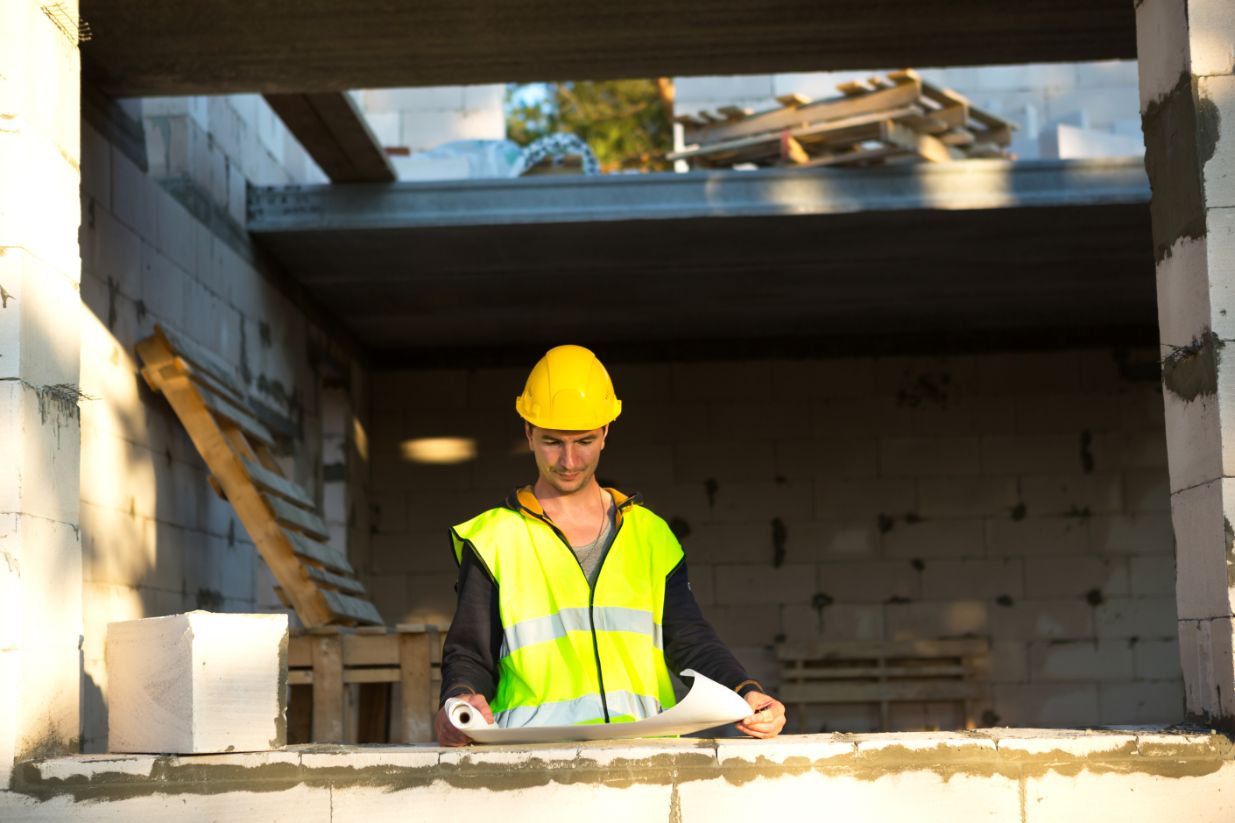Construction projects can be interesting and rewarding ways to change a space. The key to getting the intended outcomes, whether you’re remodeling a room in your house or a commercial location, is careful planning and execution. We’ll go over some crucial construction advice in this blog post to assist you successfully convert areas while reducing stress and maximizing productivity.
Think Ahead
Any construction project must have a well-thought-out strategy in place before it can begin. Establish your objectives, decide on a budget, and make a thorough schedule for the project. Take into account elements including the room’s intended use, the desired aesthetics, and the functional requirements. This will keep you organized and serve as a road map for the construction process.
Hire Professionals
While DIY projects can be enjoyable, it is preferable to leave complex construction chores to the experts. Engage qualified builders, architects, and designers who have experience with the makeover you’re looking for. Their skill and experience will guarantee that the construction is done correctly and in accordance with industry norms and building rules.
Assess Structural Integrity
It’s crucial to evaluate the space’s structural soundness before starting any significant renovations. To find out about any potential problems or restrictions that can effect your plans, speak with a structural engineer. Early attention to structural issues will ultimately save you time and money.
Consider Functionality
Consider the intended usage of the space before making any design decisions. Consider the traffic flow, the amount of storage needed, and the accessibility requirements. Make the room practical and useful for its intended use by maximizing the arrangement. This will guarantee that the renovated facility efficiently serves its users.
Prioritize Natural Light
Any space’s atmosphere and aesthetic value can be significantly improved by natural light. Plan the change in a way that maximizes the amount of natural light that enters. Add windows, skylights, or glass walls to the space to make it bright and welcoming. Natural light has numerous health advantages in addition to improving aesthetics.
Select Quality Materials
Investing in top-notch building supplies is essential for durable outcomes. Look into and select materials that are reliable, low-maintenance, and appropriate for the particular needs of your project. Although quality materials may initially cost more, they will end up saving you money on repairs and replacements.
Focus on Energy Efficiency
Integrating energy-efficient elements into your renovated area is economical and environmentally responsible due to the growing emphasis on sustainability. Reduce energy use and utility costs by installing insulation, energy-efficient windows, and lighting fixtures. Think about utilizing environmentally friendly materials that do the least amount of damage.
Share Information and Track Progress
Throughout the process, effective communication with your construction crew is crucial. Communicate your expectations, worries, and any changes to the plan on a regular basis. Keep the lines of communication open to resolve problems quickly and prevent delays. Additionally, keep a close eye on the construction’s progress to make sure it’s following your vision.
Allow for Contingencies
Unexpected difficulties may develop during construction projects because they can be unforeseeable. Make room in your budget and schedule for contingencies to account for unforeseen events. You’ll be able to control your stress and make sure that the transformation process goes well if you’re ready for probable obstacles.
Attention to Detail
Any building project’s success depends on the attention to detail. To get a clean and coherent aesthetic, pay particular attention to finishing touches like paint choice, fixtures, and accessories. Small adjustments might have a significant impact on the aesthetic attractiveness of the renovated room overall.
